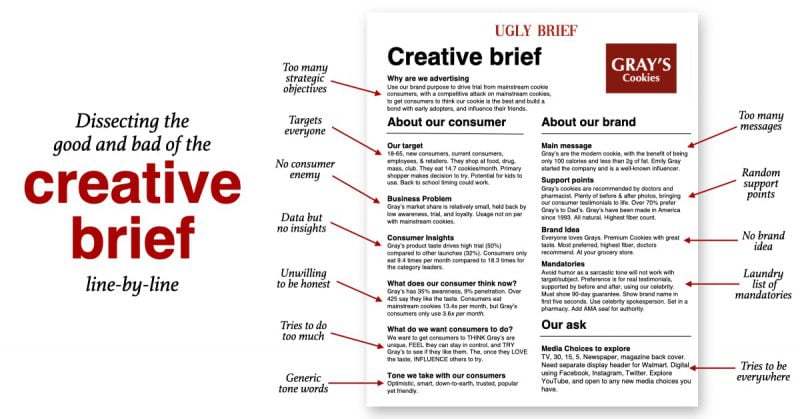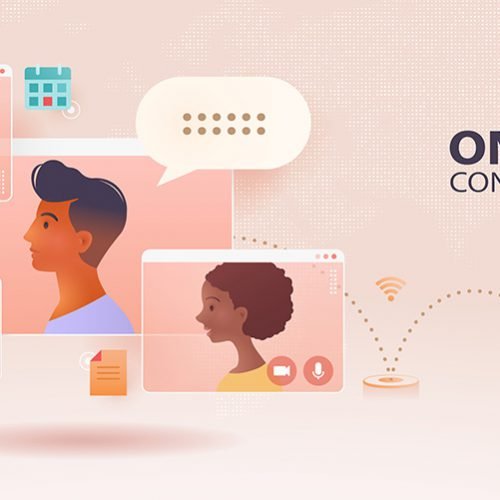
For any design team, having a structured workflow built in will help make the workflow smoother. From there, create high quality products. Most importantly, the process minimizes potential risks. If you are running or need to hire an outside design room, you should not ignore this article. Today’s post will provide knowledge about:
- What is the graphic design process?
- 5 main steps in the process of Outsourcing Design Department
- The role of feedback in design (and how to optimize it)
What is the graphic design process?
It is the steps or stages taken to go from concept to finished product.
Sounds easy, doesn’t it? In fact, there are many other factors that make this process smooth and effective. Besides, there are also countless obstacles that prevent the design team from working effectively.
For a better understanding, study the 5 steps in the Outsourced Design Department process below.
5 steps in the process of Outsourcing Design Department
1. Start with a Creative Brief:

The design process always starts with a creative brief. This is the deciding factor for the entire concept/orientation for the project. It is arguably the first and most important step in the process of visualizing a design.
Creative Brief is a document designed to help the designer understand the work topics in the project. As well as the requirements from the brand to the design team. Therefore, make a brief as detailed and informative as possible.
A brief should include the following items:
- Detailed information about the business
- Brand Guidelines
- Target public
- Problems encountered (if any)
- Expected results
- Expected Timeline
- Budget
- Predicting consumer behavior about products/services
- Some references
2. Implement in-depth studies:
Depending on the scope of the project, what information is included varies. However, everyone wants to get the most valuable information in the brief to minimize the time to deal with problems that arise.
Every designer should go through their own research to better understand their clients and choose the right working style for each project.
The research phase usually includes activities such as:
- Research your competitors
- Predict the behavior of the target audience (e.g. interaction on social media)
- Put all learned knowledge into practice
- Build a moodboard to compare and prepare to promote ideas.
3. Brainstorm design ideas:
Before a designer goes all out on a project, ask them to brainstorm some ideas and present them. Remember to include these outlines in your creative brief.
If the client already has a pretty clear picture of the final product, encourage them to brainstorm. In addition, the design team should also ask for relevant references from the client to ensure the most coherent ideas.
After the designer comes up with 3-5 ideas, decide which option you want to continue with. This will keep the graphic design workflow smooth, helping the team achieve the best results in no time.
4. Review in steps 10/50/99:
When defining milestones in the brief, don’t forget to regularly review with the designers throughout the work process. The 10/50/99 feedback process ensures that we are examining the most important parts of the project, helping to provide timely appropriate feedback.
10% Complete: Get a formal framework for the final design. At this stage, feedback can be given on the vision and direction the project is headed.
50% Complete: Core elements are closed and in the process of being incorporated. Direction is no longer a matter of controversy. Instead, see if the previously chosen vision is being properly interpreted in the design?
99% complete : Refine all the tricky parts. For example: lines, colors, distances, etc.
5. Final product presentation:
Design has been completed. Now it’s time to hand over the files and put the publication into practice. More specifically, it is possible to ask the designer himself to give feedback on the process of the project that has just been implemented. Is there anything that should be improved? Gradually, the process will be perfected and optimized for everyone.
The role of feedback in design (and how to optimize it)
Why is feedback important?
Designers are not prophets who can read minds. Therefore, feedback (or feedback) is the most important communication tool. If you see a design flaw, communicate it to the designer.
Feedback is not just about words. It also shows in the way you work with the team. Try to be empathetic and understanding and help people.
Tips for giving effective feedback:
Context-specific responses:
That is, always attaching feedback to the original goals of the project. For example, the color is not prominent enough. Or the CTA isn’t strong enough.
Be clear and specific:
Responses like “I don’t like this” are mostly meaningless and unhelpful. Instead, be very specific. Like “I want the design to stand out by using bright colors”.
Describe the problem instead of offering a solution:
This is quite difficult because we often focus on details, giving a way to do it instead of trying to explain where the problem lies. For example: “I don’t think this image will resonate with the public because they… This publication is aimed at… instead of… Therefore, …”
In short, the key to effective feedback lies in being clear, unambiguous, and giving specific examples.
We hope that the last article has helped you gain more useful knowledge. If you are in need of learning about services such as outsourced design, come to Malu to receive advice from an experienced team!

If you are looking for a reputable and experienced unit to be able to design a professional and impressive logo and brand identity system , then please contact us immediately by phone. 0988 622 991, or leave your information and requirements, Malu Design ‘s consulting department will contact you right away to answer all your questions!
————————
Malu Design – Branding Identity Agency
Hotline: 0988 622 991




